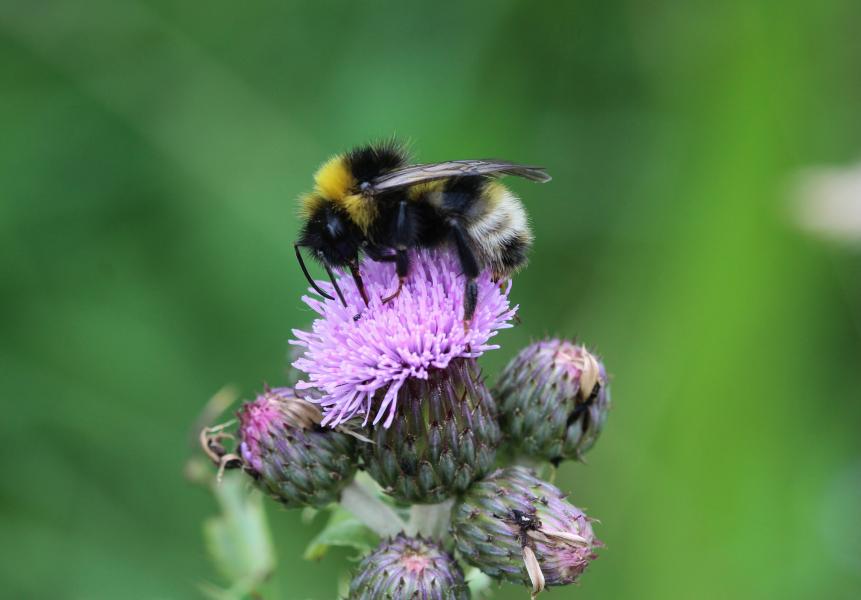Spotter's Guide- Bumblebees
As spring approaches so does a flurry of colourful flowering plants which attracts a range of bumblebees. Here are 7 of the most widespread and abundant bumblebees you could spot in many habitats from woodlands to grasslands and farmland across the Forest.
The common carder bee can be seen from March to November in woods, farmland, and heaths. It is a social bee with nests containing up to 200 workers. They are ginger-brown all over with no clearly delineated tail. Females usually have creamy-white sides to the thorax while males are often yellower, with more obvious facial hair tufts.
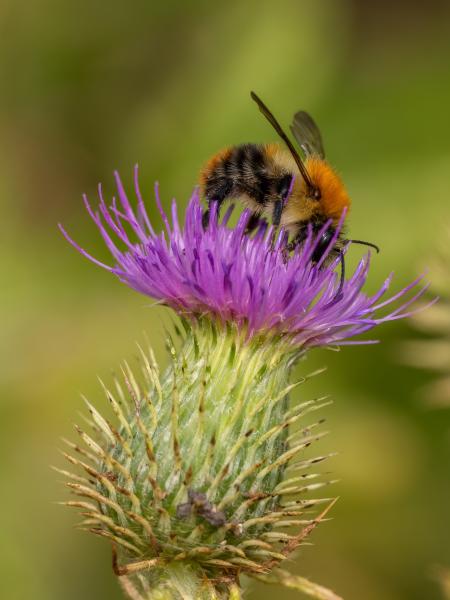
The buff-tailed bumblebees are a large species with dark yellow bands at the front of the thorax and middle of the abdomen. The queens are the only caste which have buff-coloured tails: in workers and males the tails are white, some males however have a narrow yellow-buff band at the front of the tail.
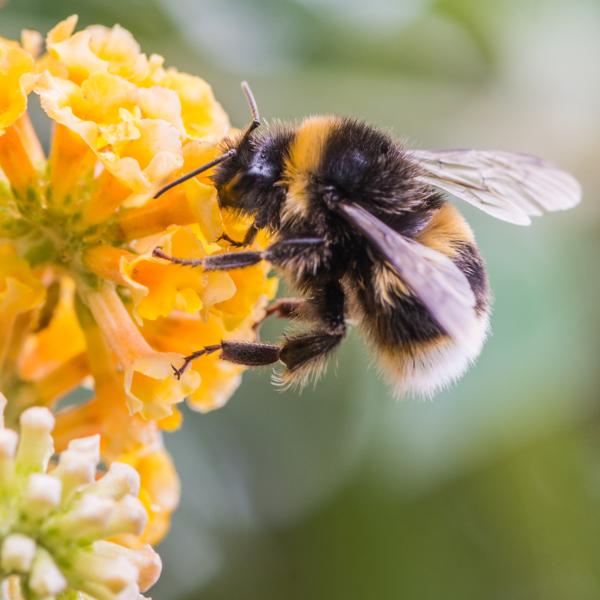
The tree bumblebee has a preference for nesting in manmade environments including birdboxes but also nests in tree holes. This species has a completely ginger-brown thorax and a black abdomen with a white tail.
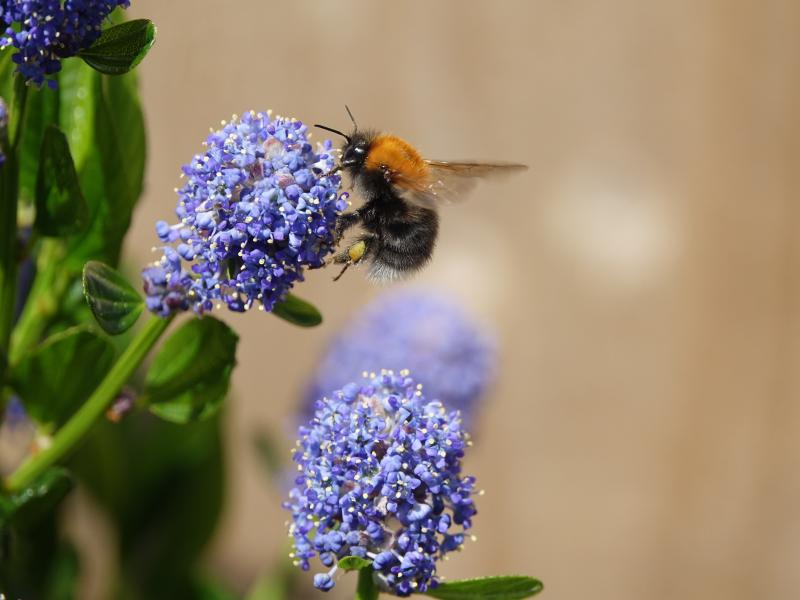
The red-tailed bumblebee is a social bee nesting in old burrows or under stones. The Queen emerges in the spring, finds a nesting spot where the workers tend to the nest and the young and the males emerge later. As the name suggests they have a bright red tail covering up to half of the abdomen with the queens and workers having a jet-black thorax. The males have bright yellow bands at the front and rear of the thorax.

A smaller species, the early bumblebee also has a red tail but is noticeably smaller and appears as a duller orange. A yellow abdominal stripe is frequently lost or reduced in workers, and males are often extensively yellow, including obvious yellow facial hairs. As the name suggests, this species is one of the first to emerge and can be seen as early in the year as April.

One of the typical white and yellow bumblebees, the white-tailed bumblebee has a lemon-yellow collar at the front of the thorax and another yellow band in the middle and as the name suggests a bright white tail. It can be difficult to distinguish between a white-tailed bumblebee and a buff-tailed bumblebee but the yellow in the tail of the buff-tailed bumblebee distinguishes them from the white-tailed complex.
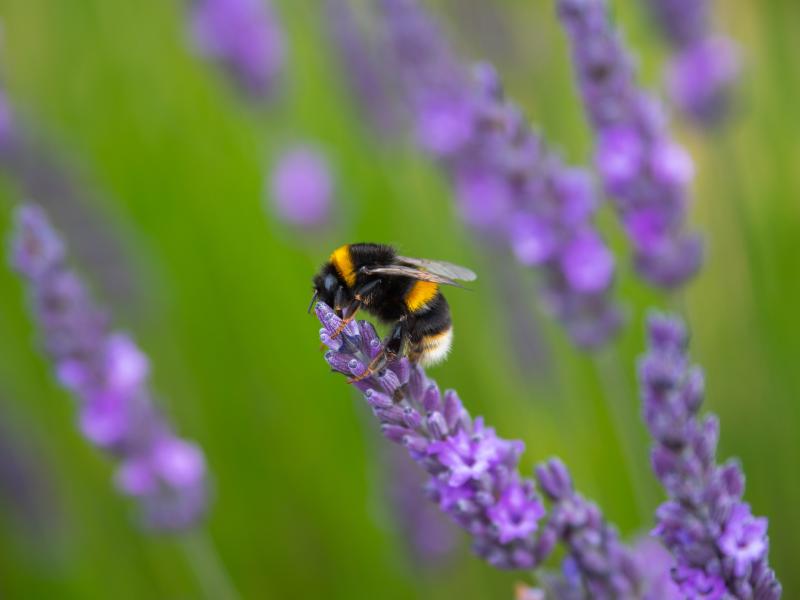
The garden bumblebee is one of two species that will visit a foxglove as they have a long tongue allowing them to feed from tubular flowers. You can identify all 3 castes by their yellow-black-yellow thorax, a yellow band at the base of the abdomen, and a pure white tail. They nest in colonies of up to 100, often in old nests of small mammals.
